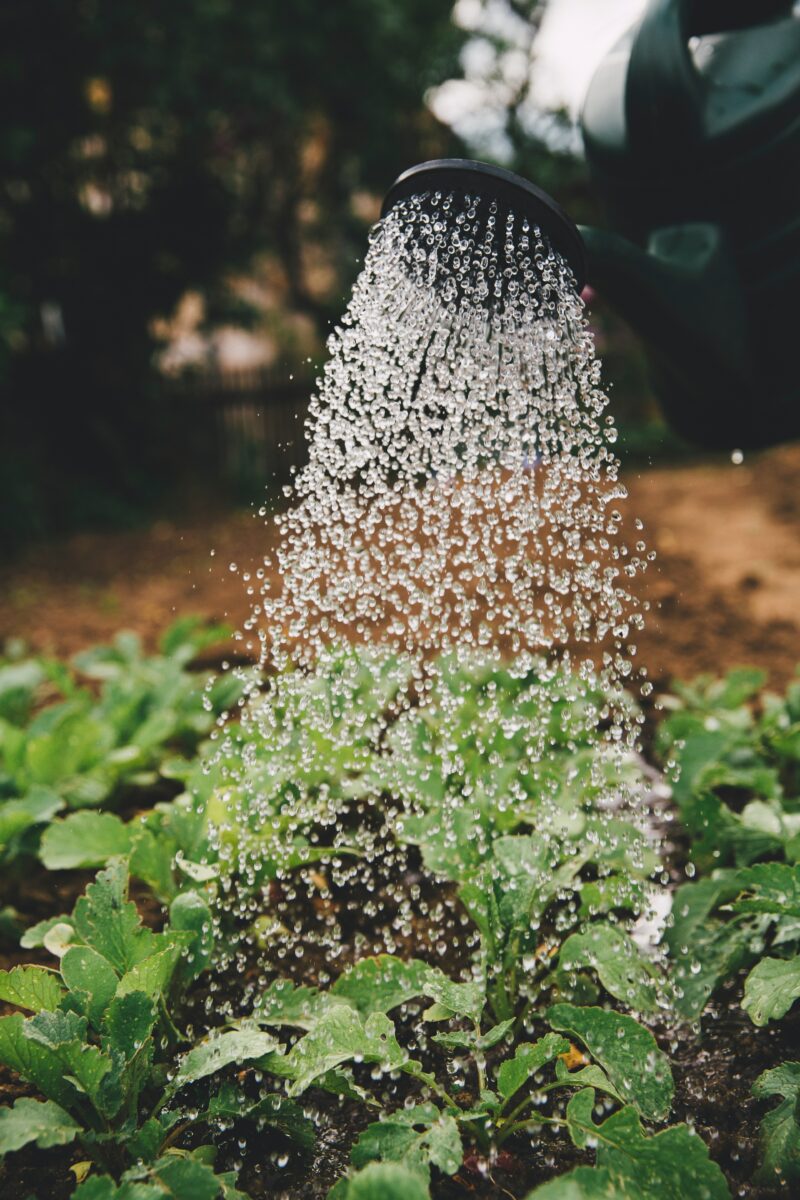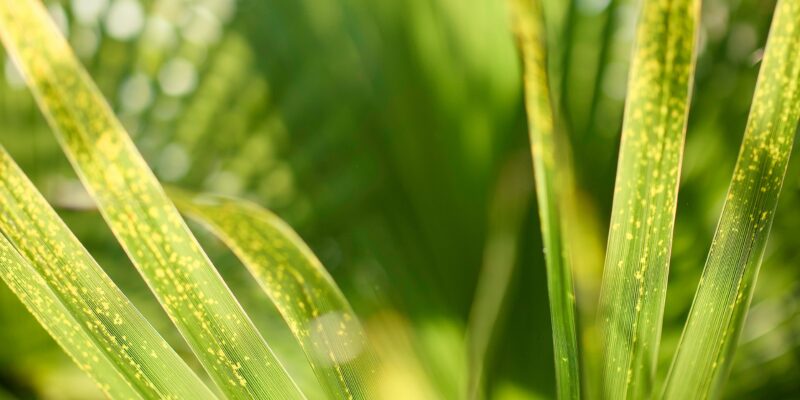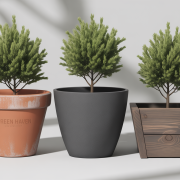Did you know that harvesting rainwater is one of the most environmentally friendly things you can do to help preserve our planet? By catching rain in tanks or barrels, you can reduce the amount of wastewater released into our waterways and protect your home from heavy rains. This blog post will explore some of the many benefits of harvesting rainwater. Keep reading to learn all of the ways harvesting rainwater helps the environment.
Cut Down Your Consumption (And Bills)
The first benefit of harvesting rainwater is that it can help reduce your consumption of water from municipal supplies and, as a result, decrease your water bills. In some cases, harvesting rainwater can provide all the water needed for landscape irrigation or even indoor use. In other cases, it can significantly reduce consumption and lessen the load on municipal systems during peak periods.
The Texas Rainwater Harvesting Evaluation Committee has found that the state could generate 38 billion eco-friendly gallons of water per year if 10 percent of all roof areas in the state were used to harvest rainwater. Imagine how much water could be saved in the next couple of years with all the people moving from California to Texas.
The EPA estimates that harvesting rainwater can save about 1,300 gallons of water during peak summer months at the country-wide level. You can multiply that number by the cost of water in your area to find out how much money you could save.
Stop Erosion In Its Tracks
Another benefit of harvesting rain is that it can help you be a better land steward. When rain falls on impervious surfaces like roofs and driveways, it can run off quickly and cause erosion. When rain is harvested and used for irrigation, it can help keep the soil in place and lessen erosion. Although some erosion from rainfall is natural, the abundance of artificial structures has caused unnatural erosion patterns. Harvesting rainwater is an integral part of the National Pollutant Discharge Elimination System.
Reduce Runoff Pollution
As mentioned earlier, when rainwater runs off roofs and driveways, it can pick up pollutants like chemicals and plastics to the nearest storm drain. This runoff can contaminate our waterways and harm the environment. When rainwater is harvested and used for irrigation, it can help keep pollutants from entering waterways. The EPA asserts that stormwater runoff is the number one cause of pollution every year.
Additionally, experts estimate that 8 million tons of plastic go into the ocean every year. By harvesting rainwater, people who don’t even live near the ocean do their part to keep plastics out of the seas.
It’s All Connected: Harvesting Rainwater Prevents Construction Pollution
Harvesting rainwater redirects at least part of the water flow from storm drains and other stressed systems to your home’s rain barrels or cisterns. This reduces the burden on these systems, which can become overwhelmed during periods of intense rainfall.
Overwhelmed water infrastructure is expensive and time-consuming to repair. Furthermore, imagine all of the construction pollution caused in the process. Even though it’s an indirect effect, reducing the strain on water infrastructure in your area is essential to overall environmentally friendly practices.
Inspire Your Community To Reduce Carbon Emissions
When it comes to protecting the environment, we all have to work together. When just one person commits to making an energy-efficient home, they contribute to reducing the collective carbon footprint of their community.
A carbon footprint is the amount of greenhouse gas emissions produced due to an individual’s or organization’s activities. These emissions can come from various sources, including transportation, electricity use, and the manufacture of goods.
What’s the relationship between harvesting rainwater and carbon emissions?
Consider all of the steps involved in transporting water throughout your community. When water is extracted from a local river or reservoir, it often needs to be treated and pumped through miles of pipelines before it reaches your home. All of these steps use energy, which results in emissions.
When you harvest rainwater for your home, you reduce the need for water to be transported long distances. This decreases greenhouse gas and sets a positive precedent in your neighborhood. Setting a good example can spark a huge change in your hometown.

Give Your Garden The Nutrients It Needs
Rainwater is naturally high in nitrogen, phosphorus, and potassium, all of which are essential for plant growth. When you irrigate your garden with harvested rainwater, you’re providing your plants with the best possible source of nutrition.
Plants also grow better with harvested rainwater because it’s free from salt, chlorine, and other substances that municipalities treat their water supplies.
Rainwater is designed by nature for optimal pH balance and nitrates, meaning your soil will absorb more harvested water than it will water in other forms. In the end, rainwater nourishes the plants that make your backyard an oasis.
Harvesting Rainwater: Local Actions With Global Impact
Harvesting rainwater is a simple way to make a difference in your home, your community and our planet. When you conserve water by using harvested rainwater, you reduce stress on our municipal water systems and help decrease the amount of runoff pollution entering our waterways. You also free up precious resources for people who live in areas where water is scarce. By harvesting rainwater, we can all take small steps towards creating a smaller carbon footprint and helping preserve our environment for future generations. Have you started harvesting rainwater yet? If not, what’s holding you back?













[…] of your garden, helping you make sure that everything receives the right amount of water. Consider harvesting rainwater to both collect high-nutrient, plant-friendly water and cut down on your home’s water […]
[…] your gutters regularly and remove any leaves or other obstructions. Clean gutters can be handy in harvesting rainwater which can help lower your bill and conserve the environment. This simple step can also help extend […]
[…] Some suppliers offer testing kits for this purpose. Another thing to consider is the volume of water that would be needed to be processed. The bigger the house or number of occupants, the more water […]